Have you ever felt the prickle of embarrassment as your cat darts under the bed at the sound of the doorbell, or hisses at your best friend who only wants to say hello? It can be heartbreaking to see your furry friend so stressed, and let’s face it, a little awkward for everyone in the room. Cats have strong feelings about their space, and when strangers enter their territory, even the bravest feline can turn into a bundle of nerves. If you love your cat but dread having people over, you’re not alone. Let’s dive into the gentle art of helping your anxious cat feel safer, calmer, and maybe even a little friendlier when guests come calling.
Understanding Your Cat’s Fear of Visitors

Cats are creatures of habit, and anything that disrupts their routine can feel like a threat. When a new person enters their territory, it’s not just a stranger—it’s an unpredictable force. Some cats have had negative experiences before, while others are simply shy by nature. Unlike dogs, cats don’t always rush to investigate something new. Instead, they may freeze, hide, or even show aggression. Understanding that your cat’s reaction is rooted in fear or anxiety, not malice, is the first step in helping them. Remember that each cat is unique, and what scares one might fascinate another.
Recognizing Signs of Stress in Your Cat
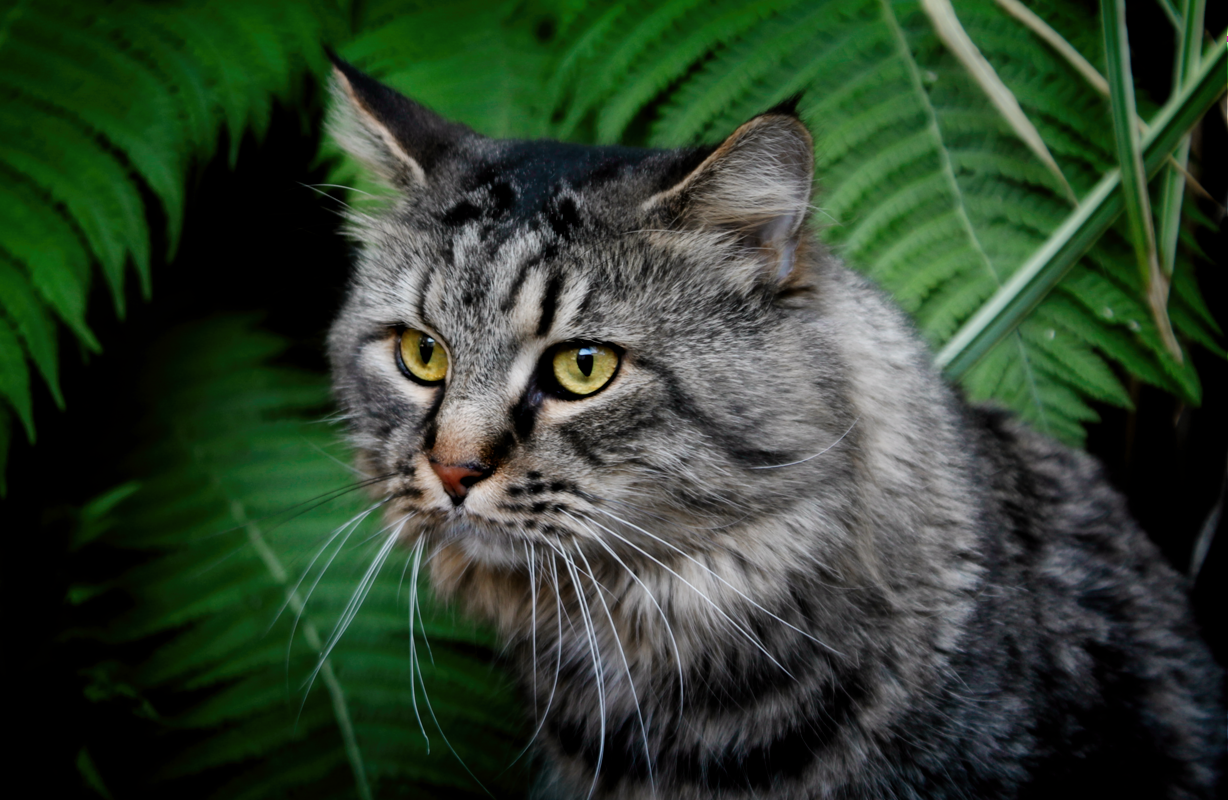
Before you can help, you need to know what stress looks like in cats. Some signs are obvious, like hissing, growling, or running away. But stress can be sneaky, too. Maybe your cat starts grooming obsessively, hides in odd places, or refuses to eat. You might notice dilated pupils, flattened ears, or a swishing tail. Sometimes, cats become extra clingy with you or try to squeeze into impossibly small hiding spots. Paying attention to these subtle cues can help you intervene early, making visits less traumatic for your pet.
Why Some Cats Are More Fearful Than Others

Just like people, some cats are naturally more outgoing, while others are cautious or timid. Genetics, early socialization, and life experiences all play a role. If your cat wasn’t exposed to many people as a kitten, they might find visitors overwhelming. Cats who have been rehomed or had traumatic experiences may also be more suspicious of strangers. It’s not a sign that your cat is “bad”—it just means they need extra support and understanding. Think of it like a person who gets stage fright—patience and gentle encouragement can make a world of difference.
Preparing Your Cat for Company in Advance
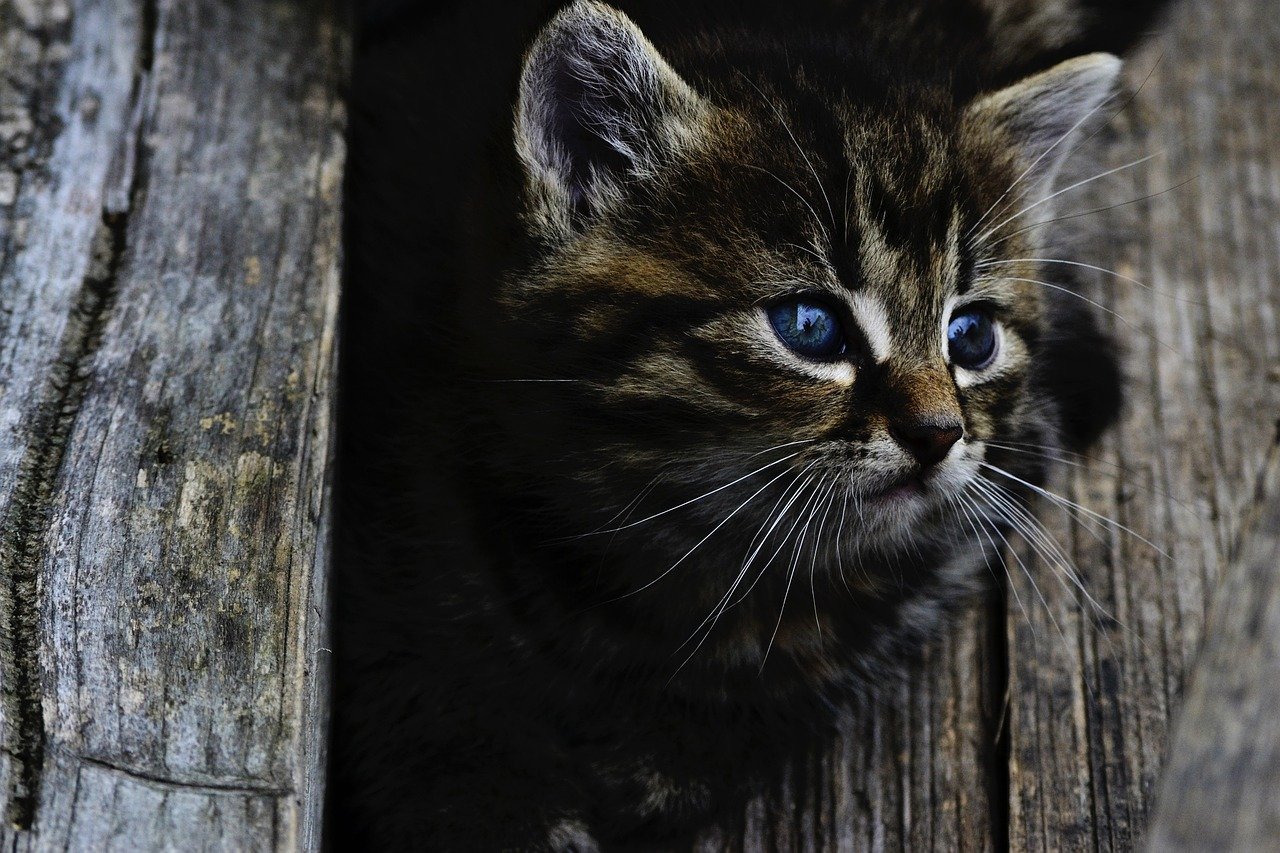
Preparation is key when you know visitors are coming. Try to keep your cat’s routine as normal as possible—feed them at the usual time and give them their favorite toys or blankets. If your cat is especially anxious, consider setting up a safe room where they can retreat, away from the commotion. Place their bed, litter box, and some treats inside. You might also use calming sprays or diffusers with synthetic pheromones, which can help soothe frazzled feline nerves. The more predictable things feel for your cat, the less overwhelmed they’ll be.
Creating a Safe Space for Your Cat
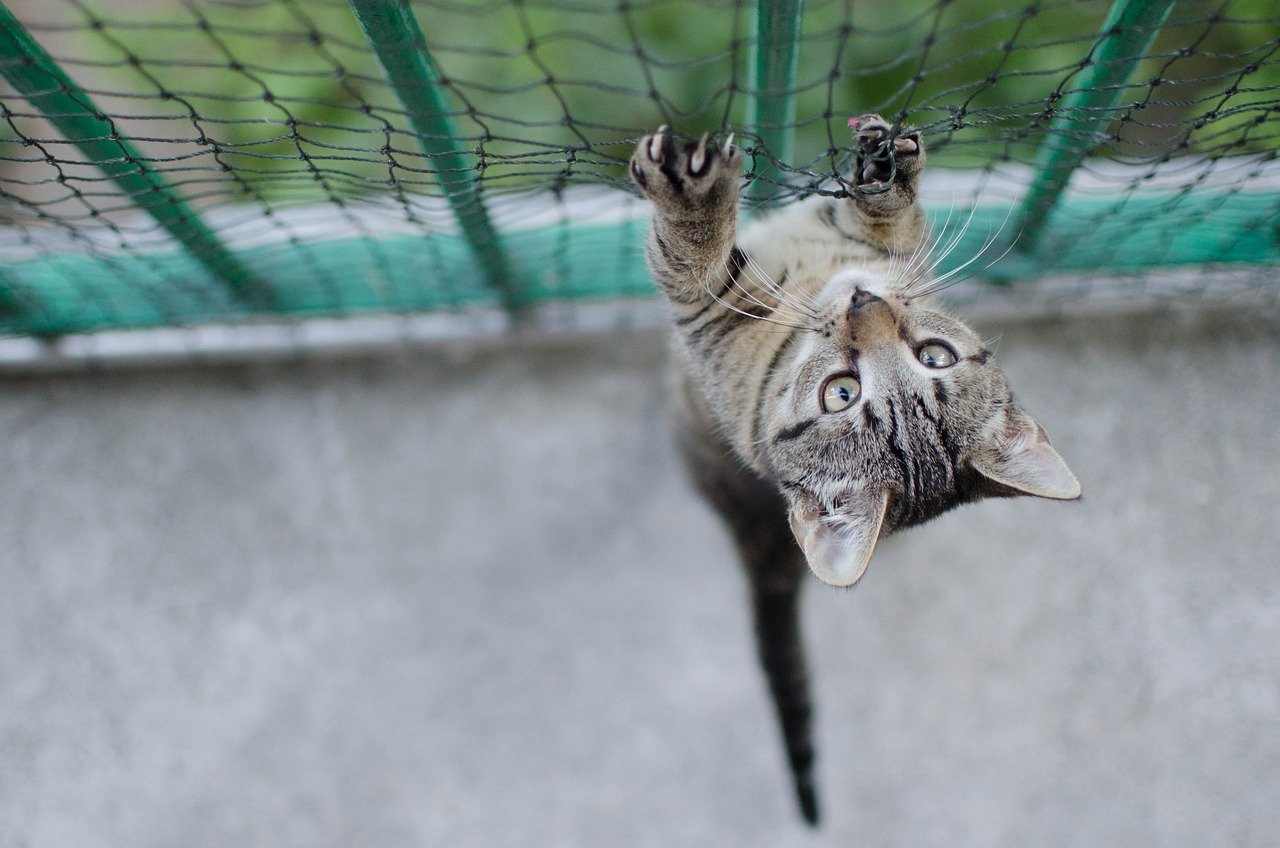
Every cat needs a spot where they feel untouchable—a fortress of solitude, if you will. Choose a quiet room or a cozy corner that guests know is off-limits. Place familiar items there: a soft bed, favorite toys, and maybe a perch by the window. Some cats like enclosed spaces, so cardboard boxes or covered beds work wonders. Make sure your cat can access food, water, and a litter box without having to cross paths with visitors. Over time, your cat will learn that this safe space is always available, no matter how busy the house gets.
Introducing Your Cat to New People Gradually

If you want your cat to get used to guests, slow and steady wins the race. Start by having a calm visitor sit quietly without paying attention to the cat. Let your cat observe from a distance—no chasing or forced interactions. Over multiple visits, encourage gentle progress: maybe your cat creeps a little closer, or sniffs a shoe. Offer treats or playtime as positive reinforcement. It may take weeks or even months, but patience pays off. Your cat will learn that visitors aren’t so scary after all.
Teaching Visitors How to Act Around Your Cat
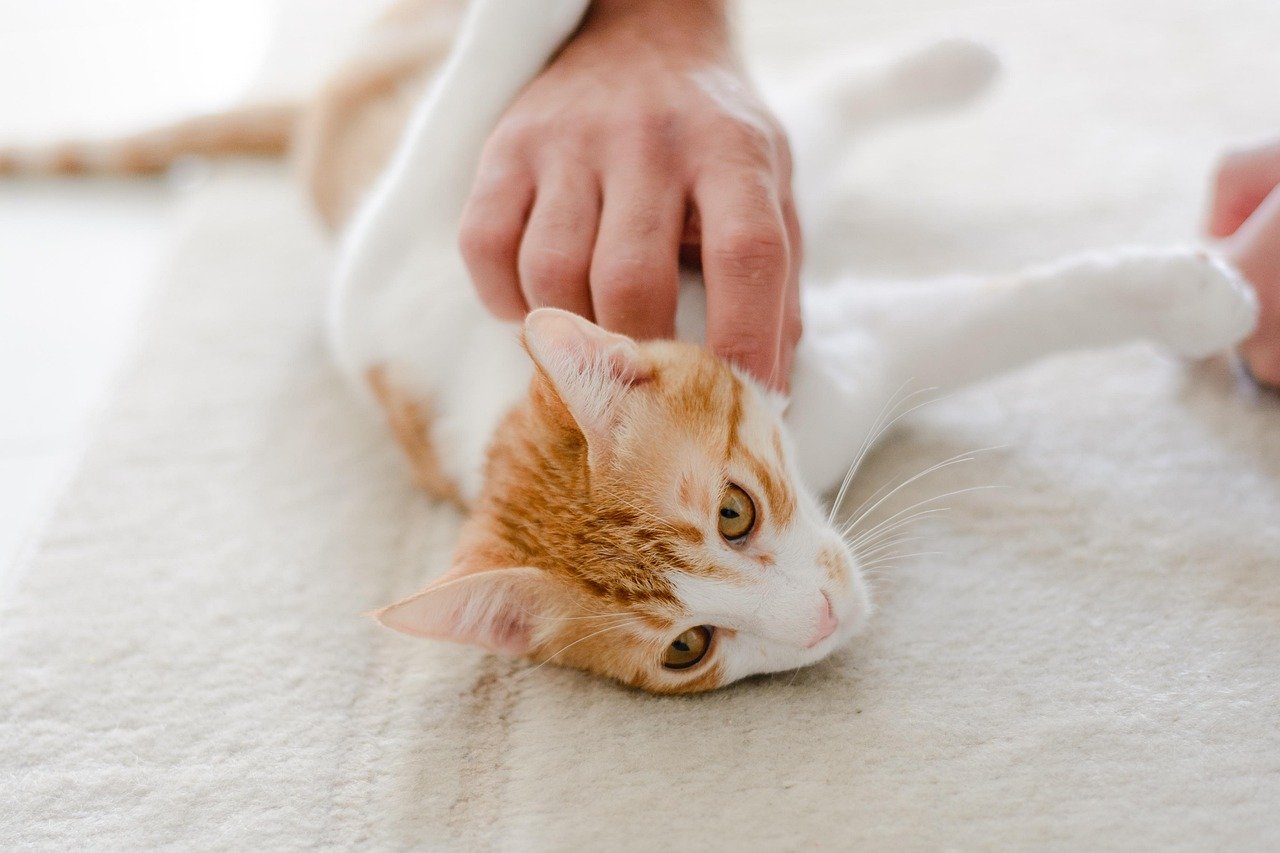
People love to reach out and pet a cute animal, but not every cat enjoys this. Before guests arrive, explain your cat’s boundaries. Ask visitors to avoid eye contact, sudden movements, or loud voices. It helps if they sit quietly and let the cat approach on their own terms. Remind them not to pick up the cat or block escape routes. You might even give them a treat to toss gently toward your cat. Little gestures of respect can go a long way to winning feline trust.
Reducing Noise and Sudden Movements
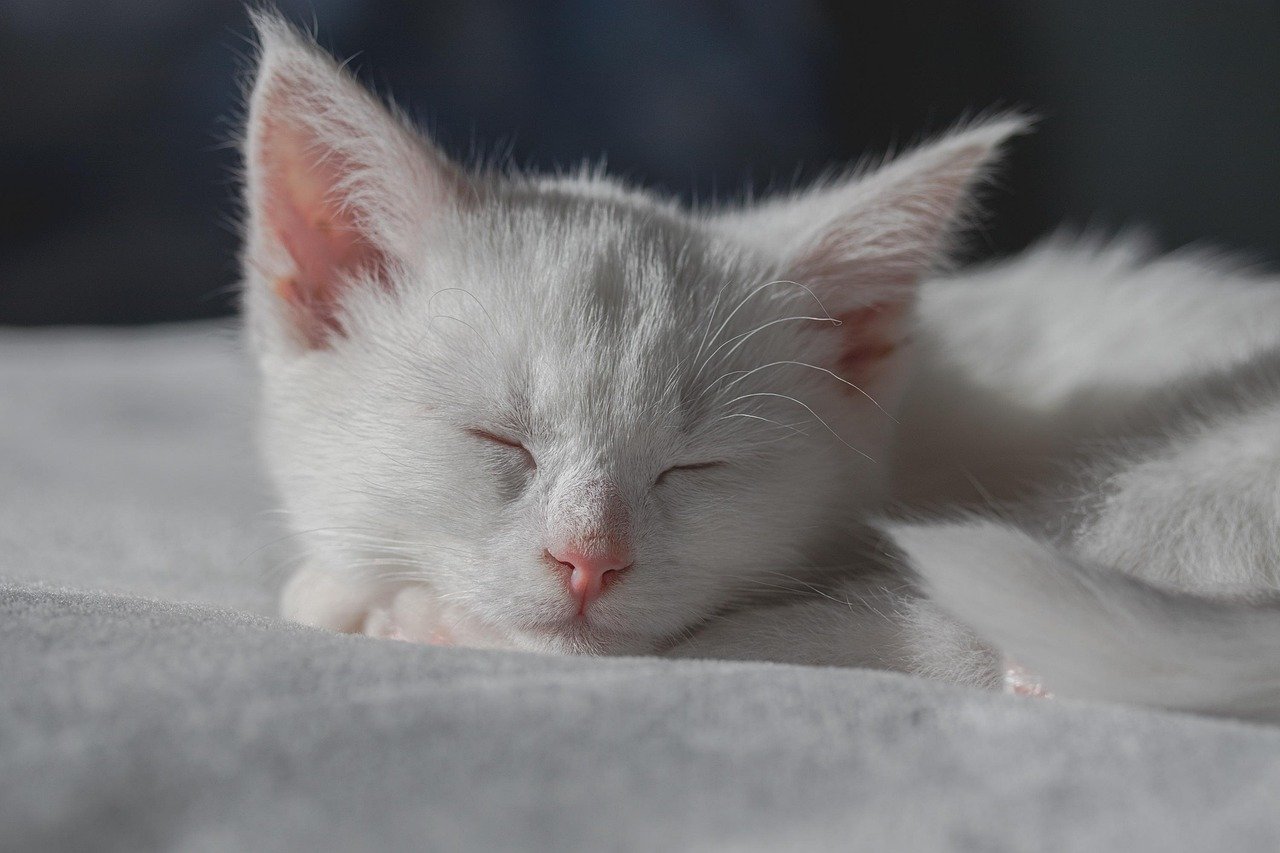
Cats have sensitive hearing and can be startled by noises we barely notice. When guests arrive, keep things as quiet as possible. Turn the television down and avoid slamming doors. Ask visitors to move slowly, especially when standing up or walking around. If your cat is especially jumpy, background noise like soft music or a white noise machine can help mask startling sounds. Over time, your cat may become desensitized, but until then, a peaceful environment is the best gift you can give.
Using Treats and Positive Reinforcement

Nothing says “good things happen when visitors are here” like a tasty treat. Keep a stash of your cat’s favorite snacks handy when guests arrive. If your cat ventures out, reward them with a treat or a quick play session. You’re teaching them to associate visitors with happy experiences. Some cats respond better to play than food—try a feather wand or laser pointer to encourage curiosity. Be careful not to force interactions, but celebrate every tiny step forward.
Trying Calming Products and Supplements

There’s a whole world of calming products designed just for cats. Pheromone diffusers mimic the scent of a mother cat and can make your pet feel more secure. Calming collars, sprays, and even special treats with ingredients like L-theanine or valerian root are popular options. Check with your vet before starting any supplement, especially if your cat has health issues. These products won’t magically make your cat love visitors, but they can take the edge off intense anxiety.
Giving Your Cat Control Over Their Environment

Anxious cats need to feel like they’re in charge of their territory. Make sure your cat can come and go as they please, especially when visitors are around. Don’t block doorways or pick up your cat against their will. Let them choose when (or if) to investigate new people. This sense of control reduces fear and builds confidence over time. Imagine being at a crowded party but knowing you can step outside whenever you want—that’s the feeling you want for your cat.
Building Confidence Through Play
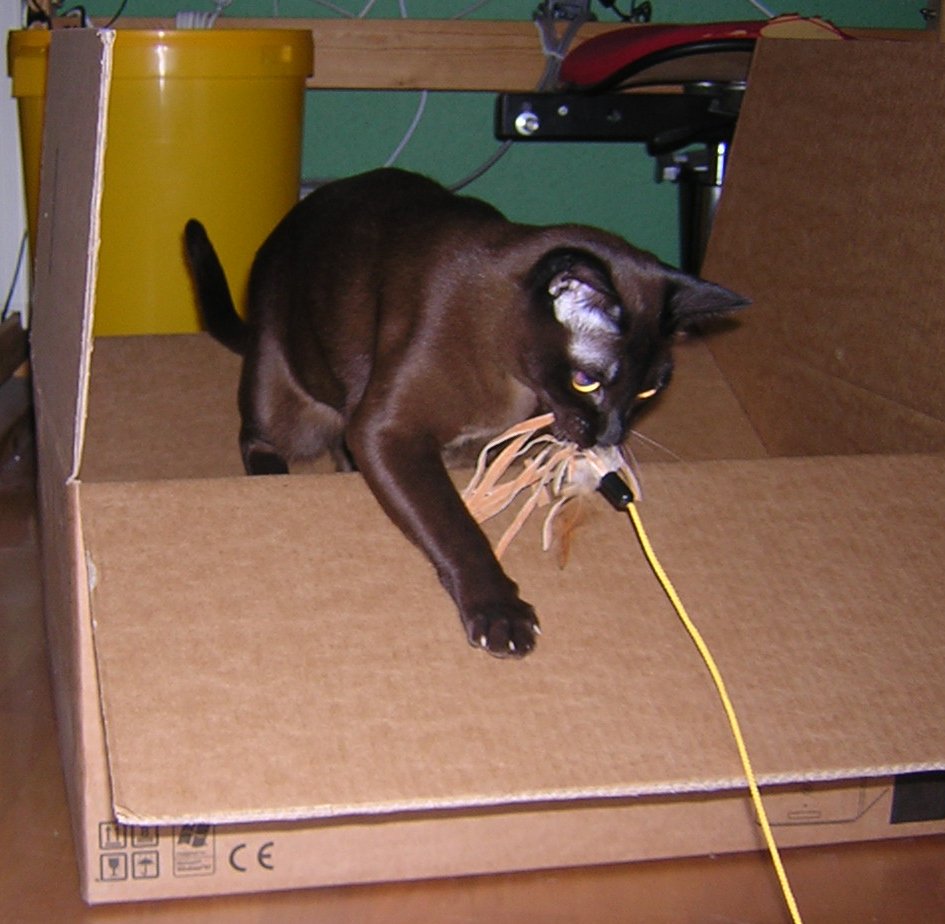
Confident cats are less likely to be afraid of new situations. Regular playtime helps your cat burn off nervous energy and builds trust between you. Use toys that mimic prey, like wand toys or balls, to engage your cat’s hunting instincts. Play with your cat in the same room where guests will be, so they start to associate that space with fun and safety. As your cat’s confidence grows, so will their willingness to explore when visitors are present.
Recognizing When to Give Your Cat Space

Sometimes, the best thing you can do is simply leave your cat alone. Forcing your cat to interact with visitors can backfire and make their fear worse. Respect your cat’s boundaries—if they retreat to their safe space, let them be. Remind guests not to follow or corner your cat. Over time, your cat may start to come out on their own, but only if they know escape is always an option. Trust is built by giving your cat choices, not by pushing them into scary situations.
Making Visits Predictable and Routine

Cats thrive on routine, and surprises can be stressful. If possible, host visitors at the same time of day or stick to a predictable schedule. Announce arrivals with a soft knock or gentle voice, so your cat isn’t startled by sudden entrances. Over time, your cat will come to expect what happens next—maybe they’ll even start to relax when the doorbell rings. Predictability helps anxious cats feel more secure and less threatened by change.
Minimizing Scent Stress for Your Cat
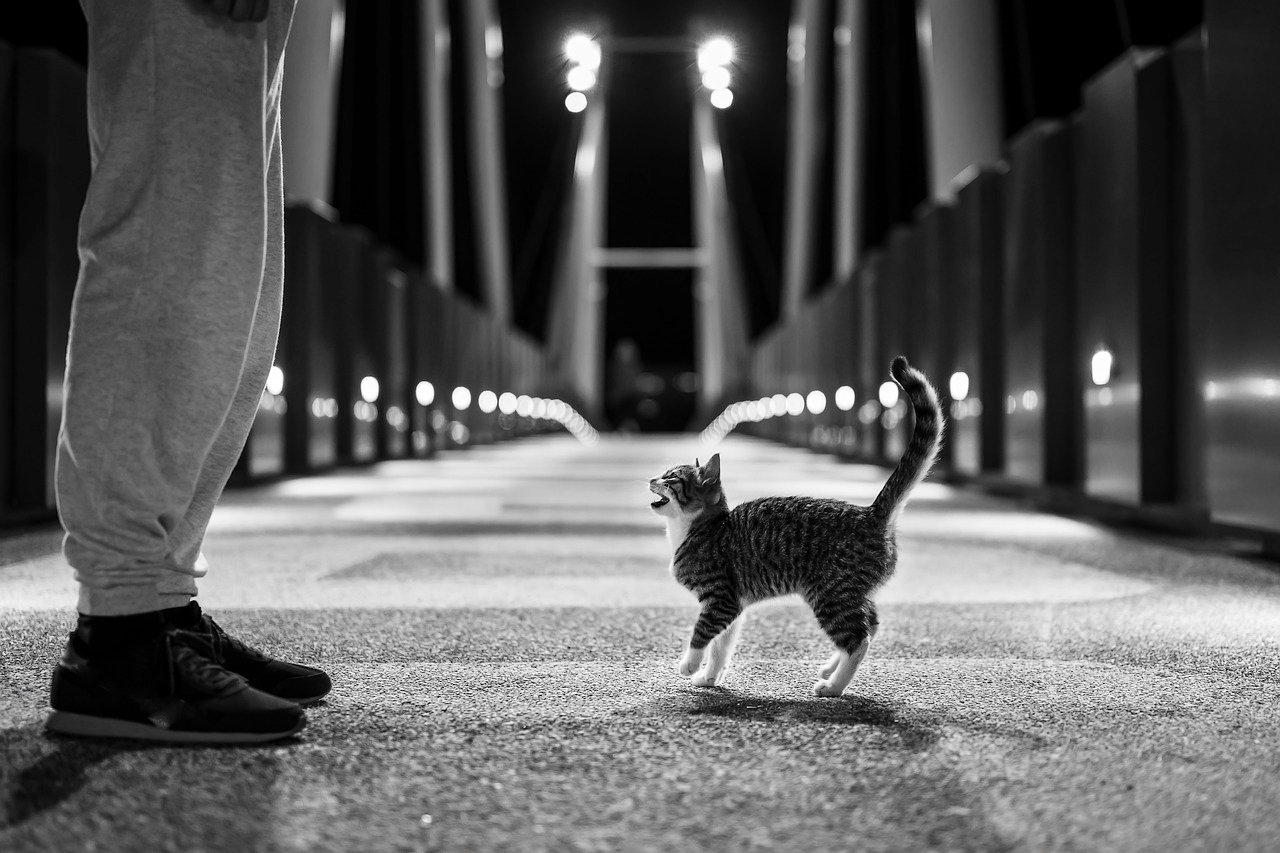
Cats experience the world largely through their noses. New people bring unfamiliar scents, which can be overwhelming. Before guests arrive, ask them to wash their hands or avoid strong perfumes. You can also rub a soft cloth on your cat’s cheeks and then gently wipe it on low areas of the guest’s clothing or shoes. This helps transfer your cat’s scent, making the visitor seem less “alien.” The more familiar the smells, the less threatening your guests will seem.
Introducing Pets of Visitors with Caution
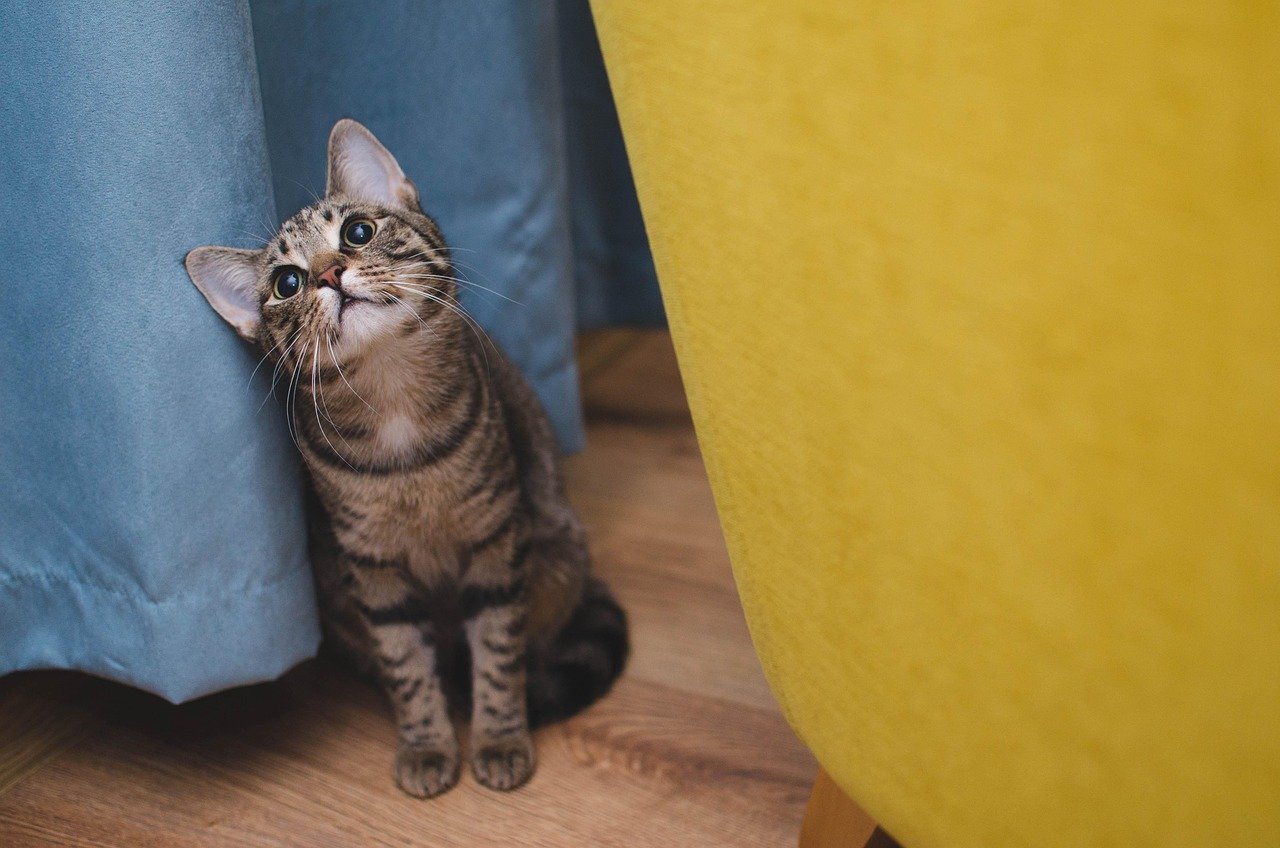
Sometimes, guests bring their own pets, which can be extra stressful for your cat. If possible, avoid introducing new animals during visits. If you must, keep visiting pets confined and allow your cat to observe from a safe distance. Watch for signs of stress—hissing, flattened ears, or puffed-up tails. Don’t force introductions, and always supervise interactions. Remember that your cat’s home is their sanctuary—protect it fiercely.
Managing Multiple Cats During Visits

If you have more than one cat, group dynamics can complicate things. Some cats may be bolder and approach visitors, while others hide. Make sure each cat has access to their own safe space, food, and litter box. Don’t let one cat “block” another from escaping or accessing resources. Pay attention to changes in behavior—stress can sometimes lead to fights between cats. A harmonious household makes visits more manageable for everyone.
Seeking Professional Help for Severe Anxiety
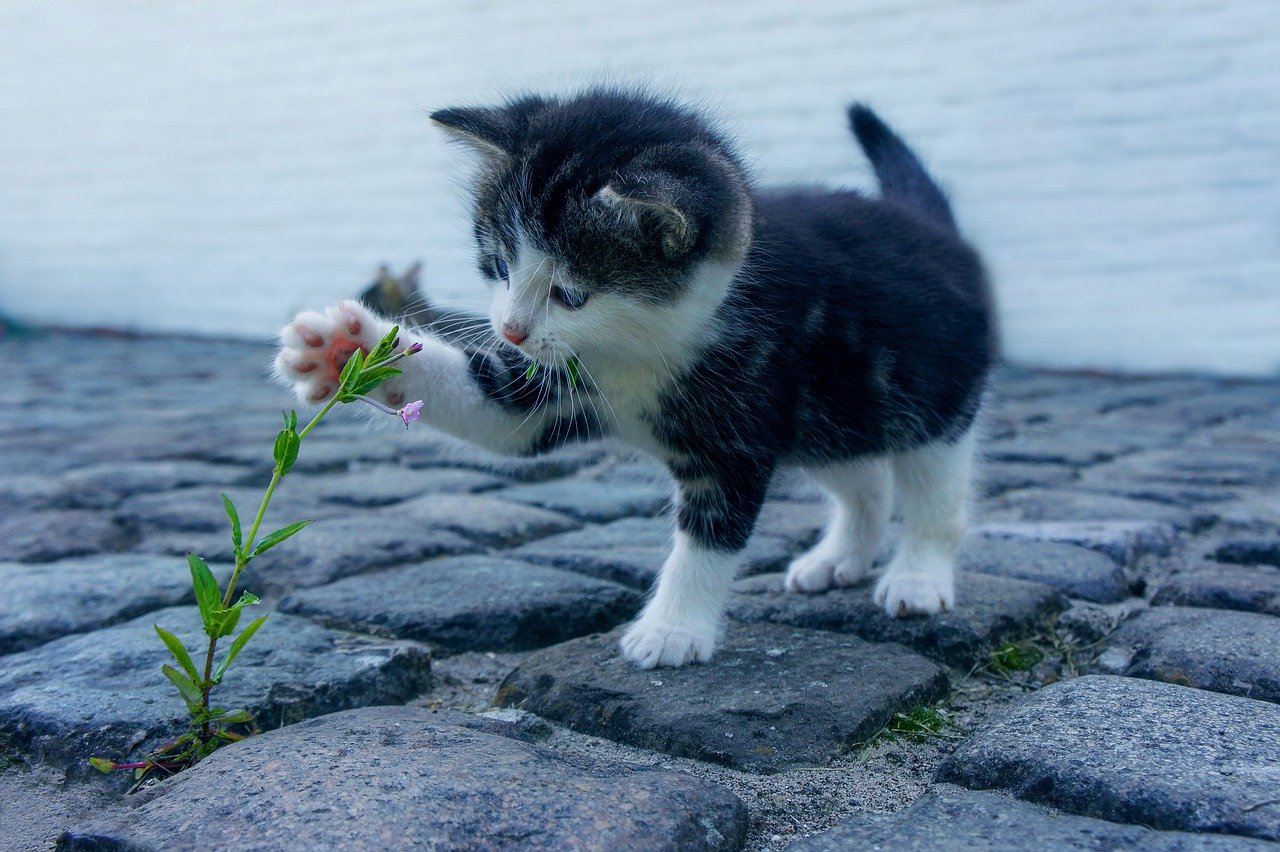
For some cats, fear of visitors is overwhelming and persistent. If your cat’s anxiety leads to aggression, self-harm, or refusal to eat, it’s time to call in the experts. A veterinarian can rule out medical issues and recommend medications or supplements if needed. Animal behaviorists can help you develop a customized desensitization plan. There’s no shame in asking for help—sometimes, professional guidance is the key to making real progress.
Celebrating Small Victories

Helping a fearful cat isn’t about overnight miracles. Celebrate every tiny step forward, whether it’s your cat peeking out from under the bed or sniffing a visitor’s shoe. Keep a journal of progress and setbacks—sometimes, looking back can remind you how far you’ve come. Share your successes with friends and fellow cat lovers—support is powerful. Remember that each cat moves at their own pace, and patience is the greatest gift you can give.
Being Patient and Persistent

There will be days when it feels like nothing is working—your cat hides, visitors feel awkward, and you feel frustrated. Don’t give up. Building trust with an anxious cat takes time, sometimes months or even years. Keep routines steady, offer comfort, and be gentle with both your cat and yourself. Progress is rarely a straight line, but every act of patience brings you closer to a peaceful, happy home for you and your feline friend.
Hi, I’m Bola, a passionate writer and creative strategist with a knack for crafting compelling content that educates, inspires, and connects. Over the years, I’ve honed my skills across various writing fields, including content creation, copywriting, online course development, and video scriptwriting.
When I’m not at my desk, you’ll find me exploring new ideas, reading books, or brainstorming creative ways to solve challenges. I believe that words have the power to transform, and I’m here to help you leverage that power for success.
Thanks for stopping by, Keep coming to this website to checkout new articles form me. You’d always love it!






